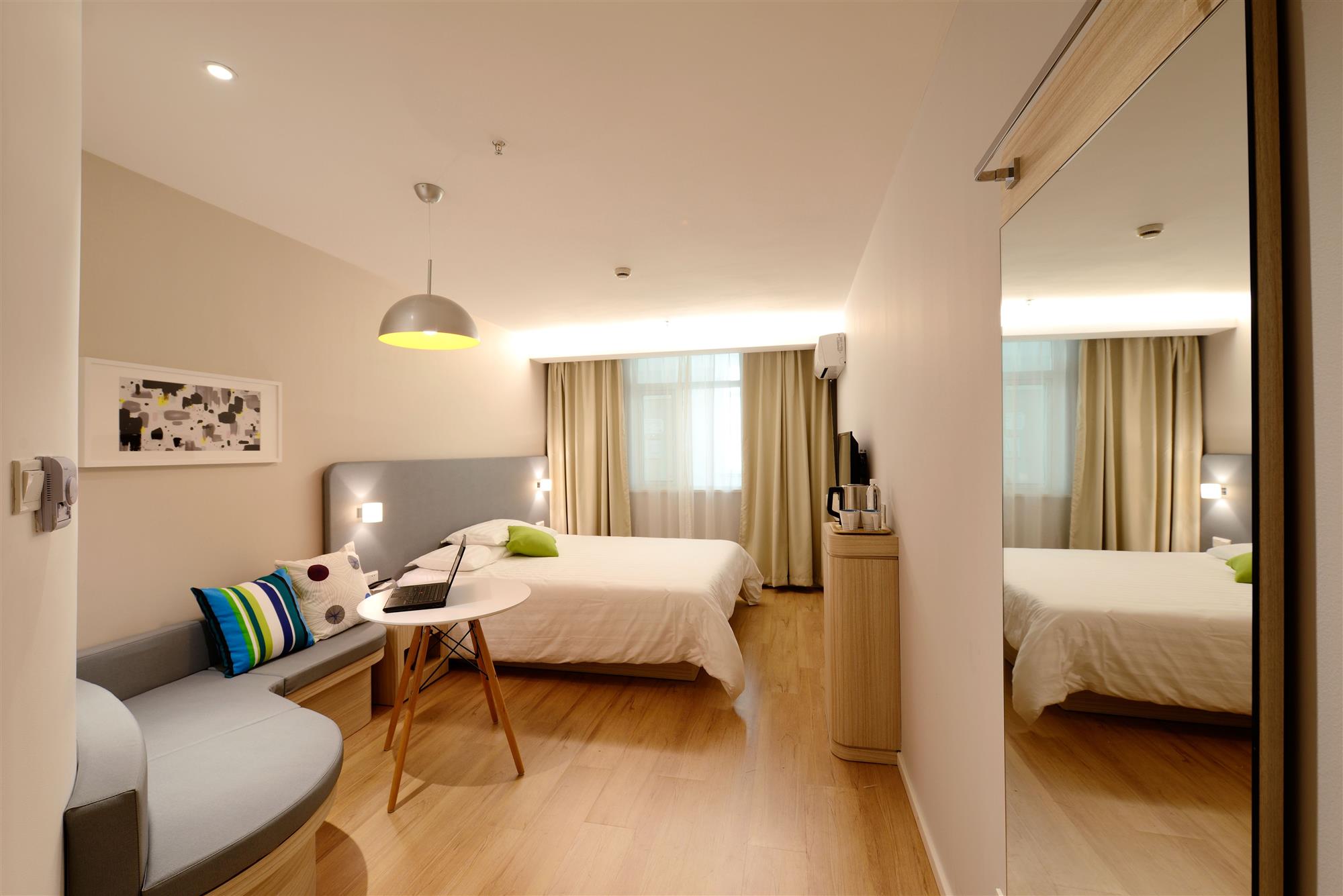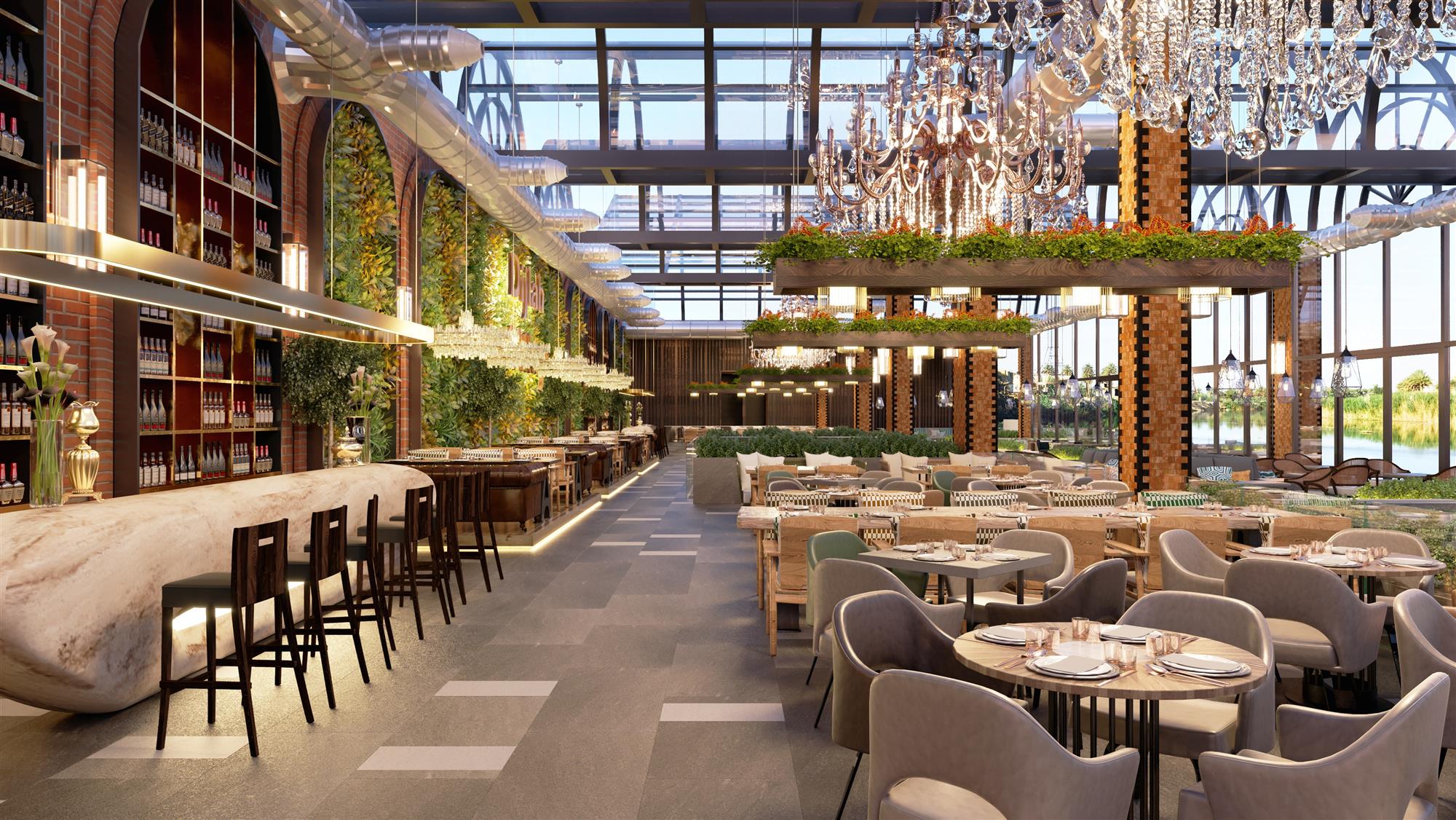With an increasing focus on wellness, hotel and restaurant interiors have become more than just an aesthetic appeal. The curation of a well-designed space enhances the purpose for which it was intended. As a result, ergonomics will play a key role in hospitality projects enclosing multi-purpose spaces ranging from guest rooms to conference halls to bars and restaurants. It is critical to get the correct layout to amplify the customer experience, using empathetic design to map out a guest’s journey from room to room with seamless efficiency. However, hotel owners, especially in India, are yet to discover the benefits of an ergonomic and sustainable product, which benefits both the guests and the employees alike.
An ergonomic design and structure can improve employee productivity, efficiency and safety, thus enhancing the overall profitability.
The key focus here is operational efficiency, which comes in several forms and is more than just intelligent design that streamlines staff and service movement. It also includes using the right materials, smart equipment, efficient layouts and designs to avoid a clash between guests and services movements, all the while ensuring higher return on investments.
 Some examples of ergonomic designs (based on the hotel positioning) include but are not limited to;
Some examples of ergonomic designs (based on the hotel positioning) include but are not limited to;
Interiors
Lean Management optimizes the flow of products and services through value streams to create efficient processes which require less human effort, space, capital and time. The goal here is to cultivate a high-performance environment with the intent to improve efficiency by eliminating waste. Such measures are more important now than ever due to the current pandemic, where many hotels and restaurants are forced to work with fewer employees who are multitasking and working on more than one function.
 A critical error we see in restaurants and hotels every day is the manager or owner attempting to find solutions to real time problems instead of identifying the root cause of the problem. By taking a step back and correcting the process, a lot of energy and time could be saved, making the business more efficient.
A critical error we see in restaurants and hotels every day is the manager or owner attempting to find solutions to real time problems instead of identifying the root cause of the problem. By taking a step back and correcting the process, a lot of energy and time could be saved, making the business more efficient.
Some examples of lean management include:
We believe that great results can be achieved from a very early stage by choosing the right architect, consultant, brand and operator — a short-term investment for long term profitability and sustainability. Design is ultimately an ever-changing response to the needs of our society. Our collective response to post-pandemic life may seem inept but these are just growing pains that we have when faced with a new challenge. While the global scale and urgency may be unprecedented when stacked up against recent memory, in time public spaces will return to normal function—expertly curated to go totally unnoticed by the end user.
An ergonomic design and structure can improve employee productivity, efficiency and safety, thus enhancing the overall profitability.
The key focus here is operational efficiency, which comes in several forms and is more than just intelligent design that streamlines staff and service movement. It also includes using the right materials, smart equipment, efficient layouts and designs to avoid a clash between guests and services movements, all the while ensuring higher return on investments.

Interiors
- Investing in hard-surface elements, such as wood-grain vinyl flooring as compared to carpeting is more durable, easy to maintain and has a charm about it. Carpets, meanwhile, require more maintenance and manpower and are not a durable solution as they attract dust and will only do more harm in the current pandemic.
- Considering shower cubicles instead of tubs in the bathrooms as this will result in smaller space to clean and is more environment-friendly.
- Considering LED lighting versus traditional lighting fixtures, which consume more energy and are harder to maintain. LEDs come in multiple designs and are by far the most cost-effective option.
- Occupancy sensors may also be considered as an alternative for certain areas as minimizing costs when needed is necessary.
- Using hotel spaces in a dynamic manner to avoid construction of additional structures or decommissioning of existing ones. For instance, a lobby and co-working space can be converted into a lounge in the evenings.
- Common spaces for multi-functionality, such as dividing large conference halls into zones — a work zone, a lounge zone, a play zone and an F&B zone.
- Curating spaces for differently abled guests. For example, the allocated guest room should have low height furniture, low peep hole, cupboard with low cloth hanger, audible and visible blinking light for doorbell and alarm. Making sure the washrooms are differently abled friendly and building specialized ramps for people in wheelchairs across the property.
- Technology is constantly upgrading whether it is in the POS systems or revenue management. Today we have QR coded menus and contactless service. Therefore, a tangible solution is to indulge in agile architecture that can easily accommodate these changes.
- In addition, using analytics and big data helps to better understand the consumer base and personalize services.
Lean Management optimizes the flow of products and services through value streams to create efficient processes which require less human effort, space, capital and time. The goal here is to cultivate a high-performance environment with the intent to improve efficiency by eliminating waste. Such measures are more important now than ever due to the current pandemic, where many hotels and restaurants are forced to work with fewer employees who are multitasking and working on more than one function.

Some examples of lean management include:
- Cross training employees so they can multitask and feel motivated
- Empowering employees to give suggestions and feedback
- Creatively cutting the bottom line by regularly training staff and re-looking at vendor options
- Regularly investing in property maintenance
- Re-engineering operations to better meet the customers’ needs
- Menu engineering in accordance with the locally sourced produce
We believe that great results can be achieved from a very early stage by choosing the right architect, consultant, brand and operator — a short-term investment for long term profitability and sustainability. Design is ultimately an ever-changing response to the needs of our society. Our collective response to post-pandemic life may seem inept but these are just growing pains that we have when faced with a new challenge. While the global scale and urgency may be unprecedented when stacked up against recent memory, in time public spaces will return to normal function—expertly curated to go totally unnoticed by the end user.

0 Comments
Success
It will be displayed once approved by an administrator.
Thank you.
Error